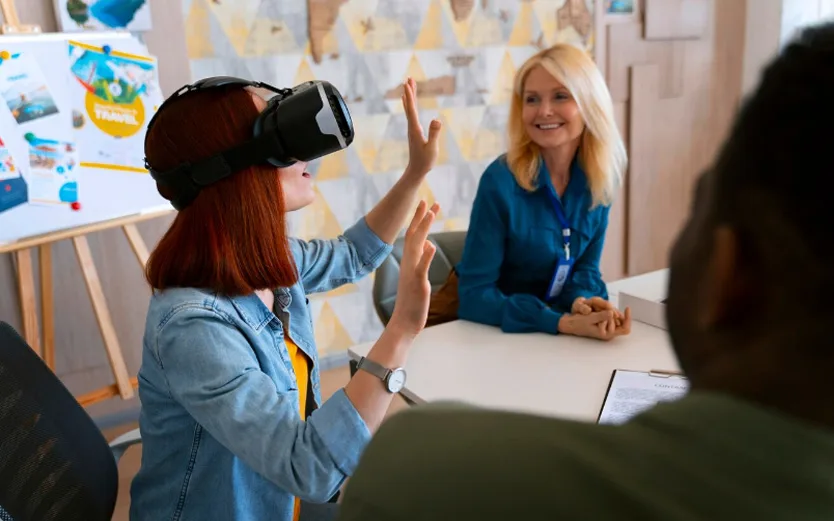In the bustling landscape of modern communication, where attention spans are fleeting and information overload is the norm, the age-old adage “a picture is worth a thousand words” has never rung truer. Visual communication stands tall as a superior alternative in the realm of conveying messages efficiently and effectively. Let’s delve into why visual communication reigns supreme and why it’s the go-to choice for grabbing attention, simplifying complexity, enhancing understanding, stimulating engagement, and fostering creativity.
1. Capturing Attention Instantly: In a world bombarded with endless streams of text, visuals serve as beacons of attention amidst the noise. A well-crafted image or graphic has the power to stop viewers in their tracks, enticing them to delve deeper into the message being conveyed. Whether it’s a striking photograph, an eye-catching infographic, or a captivating video thumbnail, visual elements have an unparalleled ability to draw people in from the get-go.
2. Simplifying Complexity with Clarity: Complex concepts and dense information can often be daunting to digest, leading to confusion and disengagement among audiences. Herein lies the magic of visual communication—it has the innate ability to distill intricate ideas into digestible bites, making them easily understandable and relatable to viewers of all backgrounds. Through the strategic use of charts, diagrams, and illustrations, complex data sets are transformed into visual narratives that speak volumes at a glance.
3. Enhancing Understanding Through Visuals: The human brain is wired to process visual information more efficiently than text alone. Visuals engage multiple senses simultaneously, leading to higher levels of comprehension and retention among audiences. Whether it’s a step-by-step infographic, a flowchart depicting processes, or a storyboard illustrating a narrative, visuals have the power to convey information in a way that resonates deeply with viewers, fostering a deeper understanding of the subject matter.
4. Stimulating Engagement and Interaction: Visuals have an inherent ability to evoke emotions, spark curiosity, and invite interaction from viewers. From interactive maps and timelines to animated graphics and virtual reality experiences, visual communication transcends passive consumption, encouraging active engagement and exploration. By immersing audiences in captivating visual experiences, brands and storytellers can forge deeper connections and leave a lasting impression on their audiences.
5. Fostering Creativity and Innovation: Visual communication serves as a playground for creativity and innovation, offering endless possibilities for expression and experimentation. From graphic designers and illustrators to animators and filmmakers, visual communicators leverage their artistic talents to craft compelling narratives that resonate with audiences on a profound level. By pushing the boundaries of creativity, visual communication paves the way for groundbreaking storytelling and transformative experiences that leave an indelible mark on society.
Examples of places where visual communication can be used.
| Graphs Venn Diagrams Sign Language Advertisements Billboards Packaging design Magazine covers Product labels Flyers Brochures Business cards Presentations Website design User interfaces Animations | Videos Illustrations Comic books Storyboards Character design Motion graphics Digital signage Trade show displays Signs and wayfinding Emoji Emoticons Stickers Postcards Invitations Greeting cards | Menus Restaurant signage Car wraps Album covers Movie posters TV show graphics Video game interfaces Virtual reality environments Augmented reality experiences Textbooks Educational posters Instructional videos Museum exhibits Public art installations Fashion design sketches |
Visual communication surpasses written communication due to its unparalleled ability to captivate, simplify, and engage. With the capacity to convey complex ideas swiftly, stimulate emotions effectively, and foster deeper understanding, visual communication stands as the premier choice for conveying messages in today’s fast-paced and visually-driven world. Its versatility, accessibility, and capacity to transcend language barriers further solidify its position as the superior alternative, empowering communicators to connect with audiences on a profound and memorable level.







